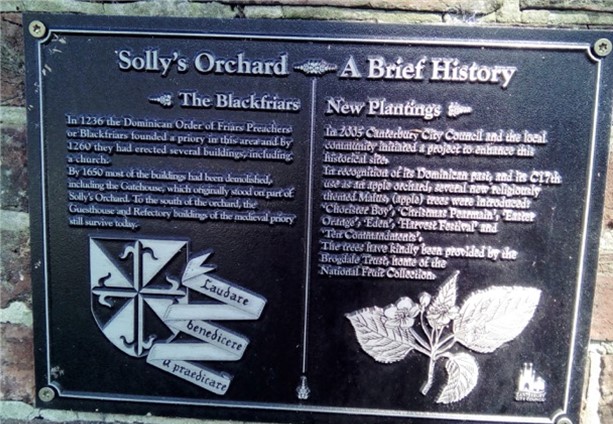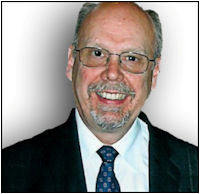 By George Solly
By George Solly
Last issue we reported on Peregrine Solly’s research and his final comment was:
‘As most other people have done, I have worked the line back from Stephen Solly, through Simon (1460-1500), to Peter of Hoaden (1433-95) but there it seems to stop. Mind you that is not too bad for a relatively undistinguished (if remarkably long-lived) family.’
Fellow member Roger Sutton wrote me a letter commenting that the Sollys are not that ‘undistinguished’ as, in his view: ‘In the case of my ancestor Elizabeth Solly (1554-1616) her mother was from a very wealthy family and Elizabeth herself made a good marriage.’ Roger kindly enclosed his family tree from which he notes that they were all relatively distinguished with the Houghams possessing a coat arms. Thank you Roger for submitting this very interesting information.
My own research which I have conducted over more than 50 years has recently concentrated on the Hougham forebears, which with the de Averanches takes us back to the second century! Robert Hougham I’s great grandmother was Matilda Emma De Brion born in 1065 and her husband was William de Averanch. His forebear was Emina D’Avranches who married Harrolager of Iceland (0859-0896). Various Scandinavian antecedents with names like Rollo Thurstien, Ansfred I the Dane, Gold tooth Halfdan, Yngvard Eyesteinsson, Turstam De Goz, Yngvi-frey of Uppsala bring us to Yngni King of Sweden born 0193 my earliest known ancestor.
We also heard from Rosemary Solly who sent us a picture of Solly’s Orchard in Canterbury, just across the river from ‘The Miller’s Arms’ and she wondered if anyone can throw any light on it. Of course, Solly might be a Christian name, but given the proximity to Ash in Kent she is guessing that it might be named for one of our predecessors.
We welcome Neville Jones of Australia who also has Solly ancestors.

Left hand inscription: In 1236 the Dominican Order of Friars Preachers or Blackfriars founded a priory in this area and by 1260 they had erected several buildings, including a church. By 1650 most of the buildings had been demolished including the Gatehouse which originally stood on part of Solly’s Orchard. To the south of the orchard, the Guesthouse and Refectory buildings of the medieval priory still survive today
Right hand inscription: In 2005 Canterbury Council and the local community initiated a project to enhance this historic site. In recognition of its Dominican past and its C17th use as an apple orchard, several new religiously themed Malus (apple) trees were introduced: Chorister Boy, Christmas Pearmain, Easter Orange, Eden, Harvest Festival and Ten Commandments. The trees have kindly been provided by Brogdale Trust, home of the National Fruit Collection

 By George Solly
By George Solly